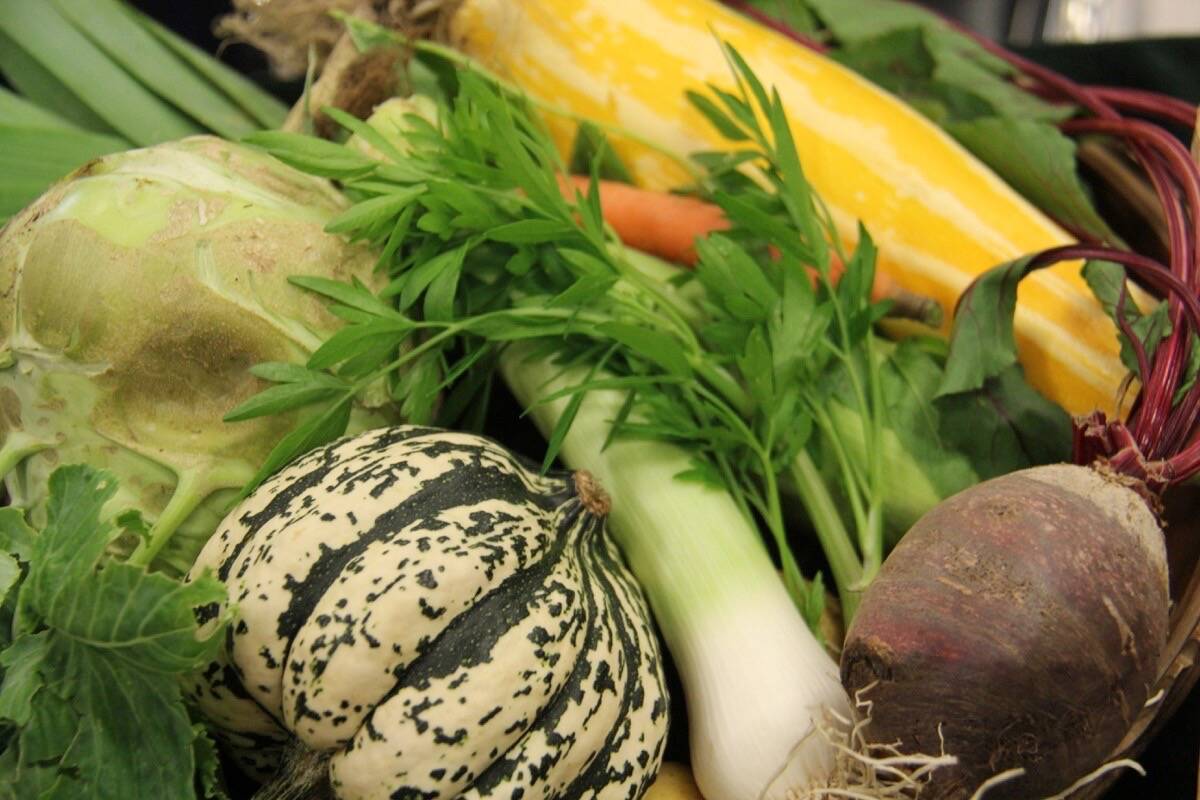Gen Z is the most wasteful generation when it comes to food, according to a recent survey commissioned by Chefs Plate.
The June survey of 1,001 Canadians – with the northern region excluded from results due to sample size – was a response to recent news that Canadians’ misunderstanding of “best before” dates could be contributing to excess food waste.
The results reveal that households throw away over $2,000 worth of food per year, either because of the best before date or is simply unwanted.
READ ALSO:
“Food waste poses a significant challenge in Canada. By implementing minor adjustments to your daily routine, you can contribute towards curbing food waste in your household,” a spokesperson for the food box subscription business said. “Taking stock of what’s in your cupboards and fridge before you do your grocery shop is a great starting point for minimizing food waste. This way, you can plan your meals ahead, using the ingredients you already have – saving you money in the process.
In spite of rising prices on food, the survey showed only a third of Canadians don’t throw away food during a typical week.
READ ALSO:
The most commonly wasted item was lettuce, according to the survey, with other perishables including fruits, vegetables, bread and dairy products also leading the way. The data revealed that Gen Z spends the most on food shopping on average, at $322 per week, but are the most wasteful generation when it comes to food. In a bid grow the conversation around food waste, Chefs Plate offers eight tips to minimize waste:
– Plan meals in advance and shop with a list to curb impulsive purchases and over buying.
– Proper storage is crucial for maintaining freshness, preventing spoilage and minimizing waste.
– Prioritize the use of ingredients that have been stored the longest.
– Pre-portion food means to cook only what’s required.
– Preserve leftovers properly to prolong shelf life whether it’s the fridge or freezer.
– Donate unopened food to local food banks before it expires.
– Compost food waste that would otherwise end up in landfill to create nutrient-rich soil.
– Know the difference between “best before” and “use by.” Best-before dates indicate the duration until which foods will retain their optimal quality. With proper storage, most products can surpass those dates and still remain suitable for consumption. On the other hand, foods labelled with a “use-by” date must be consumed on or before that specific date, or they could pose a safety risk.



